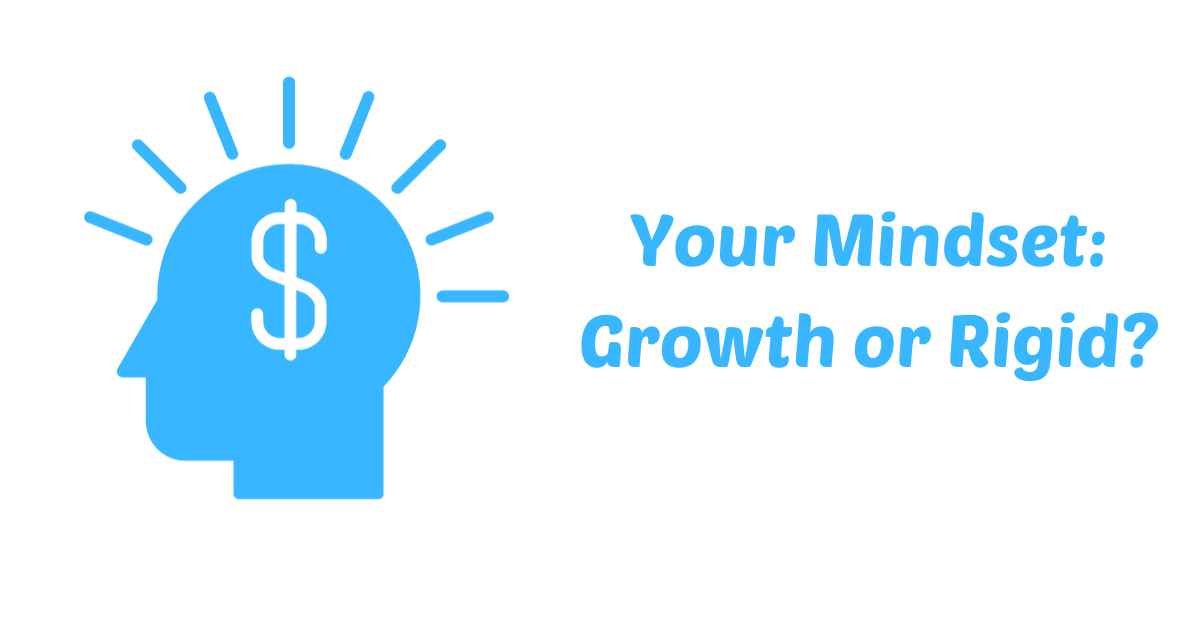Introduction
Our mindset plays a crucial role in shaping our beliefs, attitudes, and behaviors. It determines how we perceive challenges, setbacks, and opportunities. Understanding whether you have a growth or rigid mindset is essential for personal growth and development. In this article, we will explore the signs of both mindsets and provide tips on how to convert a rigid mindset into a growth mindset.
Identifying a Growth Mindset
A growth mindset is characterized by the belief that abilities and intelligence can be developed through dedication, effort, and learning from mistakes. Here are some signs that indicate you have a growth mindset:
- You embrace challenges as opportunities for growth.
- You persist in the face of setbacks and view them as learning experiences.
- You believe effort and hard work lead to improvement.
- You seek feedback and constructive criticism to enhance your skills.
- You are inspired by the success of others and see it as a source of motivation.
Identifying a Rigid Mindset
A rigid mindset, also known as a fixed mindset, is characterized by the belief that abilities and intelligence are fixed traits that cannot be significantly developed. Here are some signs that indicate you have a rigid mindset:
- You avoid challenges and prefer to stay within your comfort zone.
- You give up easily when faced with setbacks or obstacles.
- You believe that talent alone determines success, and effort is not as important.
- You feel threatened by the success of others and see it as a reflection of your own inadequacy.
- You resist feedback and constructive criticism, viewing them as personal attacks.
Converting a Rigid Mindset to a Growth Mindset
Although it may take time and effort, it is possible to convert a rigid mindset into a growth mindset. Here are some strategies to help you make the shift:
- Recognize and challenge your fixed beliefs: Identify the areas in which you hold fixed beliefs and challenge them. Remind yourself that abilities can be developed with effort and practice.
- Embrace challenges and setbacks: Instead of avoiding challenges, actively seek them out. View setbacks as opportunities for learning and growth.
- Cultivate a love for learning: Develop a curiosity and passion for acquiring new knowledge and skills. Embrace lifelong learning as a way to continually improve.
- Seek feedback and learn from criticism: Instead of taking feedback personally, see it as an opportunity to grow. Actively seek feedback from others and use it to improve your performance.
- Surround yourself with growth-minded individuals: Surrounding yourself with people who have a growth mindset can be highly beneficial. Their positive influence and support can help you maintain and develop your own growth mindset.
FAQ
Q: Can mindset change over time?
A: Yes, mindset can change over time. It is not fixed and can be influenced by experiences, beliefs, and personal development efforts.
Q: Can a growth mindset lead to success?
A: Yes, a growth mindset can lead to success. By believing in the power of effort and continuous learning, individuals with a growth mindset are more likely to overcome challenges and achieve their goals.
Q: How long does it take to convert a rigid mindset into a growth mindset?
A: The time it takes to convert a rigid mindset into a growth mindset varies for each individual. It depends on factors such as willingness to change, commitment to personal growth, and the support system available.
Conclusion
Identifying whether you have a growth or rigid mindset is the first step towards personal growth and development. By recognizing the signs and actively working towards cultivating a growth mindset, you can unlock your full potential and achieve greater success in various aspects of your life. Remember, mindset is not fixed, and with dedication and effort, you can transform your beliefs and achieve remarkable results.
